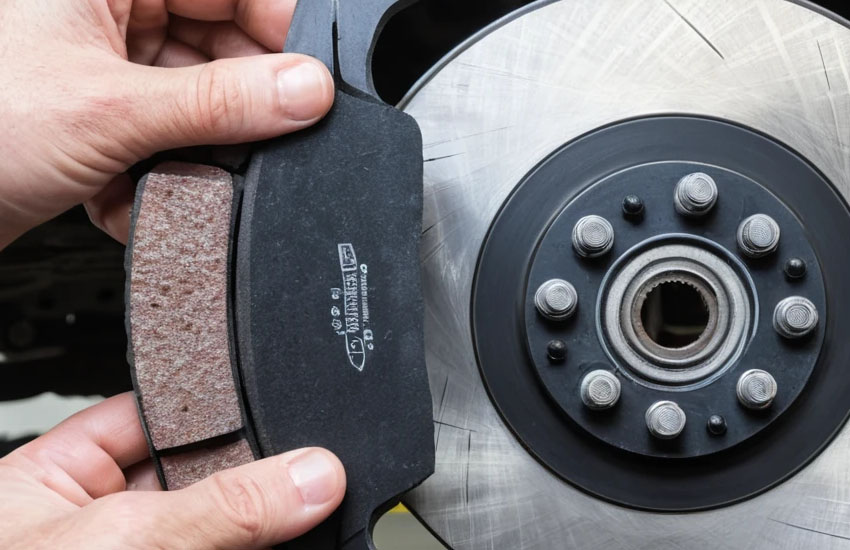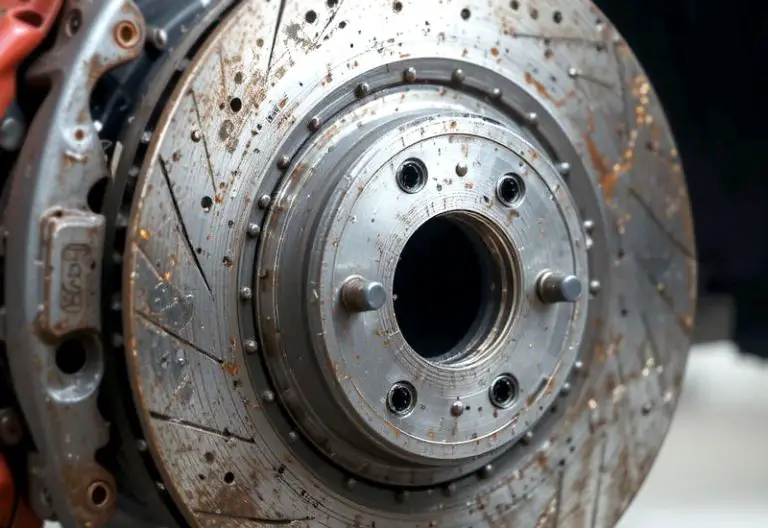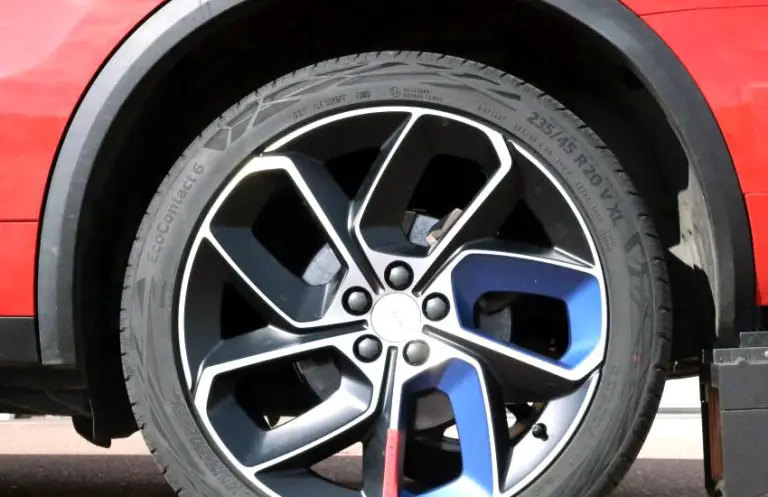When it comes to car maintenance, brakes are among the most crucial components that keep us safe on the road. As a car owner, you may have encountered the term “shims” while discussing brake pads, but what exactly are shims, and do you really need them for your brake pads? This blog post will dive deep into the world of brake pads and shims, exploring their importance, how they function, and whether they are necessary for your vehicle.
Understanding Brake Pads and Their Components
Before discussing shims, it’s essential to understand brake pads and their role in the braking system. Brake pads are a vital part of the disc brake system in vehicles, providing the friction needed to slow down or stop the vehicle. They are made of materials such as metal, ceramic, or organic compounds, which are designed to withstand high temperatures and friction.
When you press the brake pedal, hydraulic fluid moves the brake calipers, which in turn push the brake pads against the brake rotors. This contact creates friction, which slows the rotation of the wheels and ultimately brings the vehicle to a stop. Over time, brake pads wear down due to this constant friction, and they need to be replaced regularly for optimal performance and safety.
The Role of Shims in Brake Systems
Shims are thin pieces of material used in various parts of the brake system, typically located between the brake pads and the calipers. Their primary purpose is to enhance the overall performance and lifespan of the brake pads. Here’s a closer look at the key functions of shims in brake systems:
- Vibration Dampening: When brakes are applied, the brake pads can vibrate against the calipers, which may lead to noise and discomfort while driving. Shims act as a buffer, absorbing some of these vibrations and minimizing noise. This is particularly important for maintaining a quiet ride and preventing squeaking or grinding sounds when the brakes are engaged.
- Heat Management: Braking generates a significant amount of heat, which can lead to brake fade if not managed correctly. Shims can help dissipate this heat away from the brake pads and calipers, ensuring that the braking system remains effective even under high-stress conditions. This heat management can also prolong the life of the brake pads.
- Alignment and Stability: Shims can improve the alignment of the brake pads within the caliper, ensuring even contact with the rotor surface. Proper alignment is essential for optimal braking performance, as it helps distribute the braking force evenly across the pad surface. This reduces uneven wear and extends the life of both the pads and rotors.
- Preventing Corrosion: In some cases, shims are coated with materials that help prevent corrosion. This is especially important in regions that experience harsh weather conditions, as salt and moisture can lead to rust and other issues that affect brake performance. By using shims, you can help protect the brake components from environmental damage.
Types of Shims Used in Brake Pads
There are various types of shims used in brake systems, each designed to meet specific needs and preferences. Understanding these different types can help you decide whether to use them when replacing your brake pads.
- Metal Shims: Metal shims are often made from materials like steel or aluminum. They are sturdy and durable, providing excellent heat dissipation and vibration dampening. However, they can also be prone to corrosion if not coated properly. Metal shims are typically used in high-performance vehicles or applications where heat management is critical.
- Rubber or Polymer Shims: These shims are made from synthetic materials that offer excellent noise dampening properties. Rubber or polymer shims can absorb vibrations more effectively than metal, resulting in quieter braking. They may not handle heat as well as metal shims, but they can still provide adequate performance in everyday driving conditions.
- Composite Shims: Composite shims combine materials, often featuring a metal core with a rubber or polymer outer layer. This design aims to balance the benefits of both metal and rubber shims, providing durability, heat management, and noise reduction. Composite shims are becoming increasingly popular due to their versatility.
- Anti-Squeal Shims: Some shims are specifically designed to reduce squealing sounds when brakes are applied. These shims may have special coatings or materials that absorb sound and vibrations, making them an excellent choice for those who prioritize a quiet ride.

Are Shims Necessary for Brake Pads?
Now that we have a clear understanding of brake pads and the role of shims, let’s address the main question: are shims necessary for brake pads? The answer depends on several factors, including the type of vehicle, driving conditions, and personal preferences.
Benefits of Using Shims
- Noise Reduction: If you find that your brakes are noisy, adding shims can significantly reduce or eliminate squeaking and grinding sounds. This is particularly important for those who value a smooth and quiet ride.
- Increased Safety: Properly functioning brakes are crucial for safety on the road. Shims help ensure that the brake pads maintain even contact with the rotors, improving braking performance and reducing the risk of brake failure.
- Extended Brake Life: By promoting even wear and reducing vibrations, shims can prolong the lifespan of both brake pads and rotors. This means fewer replacements and lower overall maintenance costs over time.
- Improved Comfort: A smoother braking experience enhances driving comfort, making your time on the road more enjoyable. Shims contribute to this comfort by dampening vibrations and noise.
Situations Where Shims Might Not Be Necessary
- Budget Constraints: If you’re on a tight budget, you might consider skipping shims when replacing brake pads. While they provide benefits, it’s possible to get by without them, especially if your driving conditions are mild.
- Type of Brake Pads: Some brake pads are designed to work effectively without shims. For example, certain high-performance pads may have built-in features that mitigate noise and vibrations, making shims unnecessary.
- Driving Conditions: If you primarily drive in ideal conditions with minimal stop-and-go traffic, you might not experience the same wear and noise issues that shims address. In such cases, you may choose to forgo shims.
- Personal Preference: Ultimately, the decision to use shims may come down to personal preference. Some drivers may prioritize performance and comfort, while others may be more focused on cost.
How to Choose the Right Brake Pads and Shims
Selecting the right brake pads and shims for your vehicle is crucial to ensure optimal performance. Here are some tips to help you make an informed choice:
1. Consider Your Driving Style
Your driving habits can significantly influence the type of brake pads and shims you need. If you frequently drive in heavy traffic or make abrupt stops, look for brake pads designed for high performance and longevity. Consider using shims to minimize noise and improve comfort.
2. Evaluate Your Environment
The environment in which you drive plays a crucial role in brake pad wear. If you live in an area with extreme temperatures, high humidity, or salted roads during winter, choosing shims that provide corrosion protection can be beneficial.
3. Research Material Types
Brake pads come in various materials, each with its advantages and disadvantages. For instance, ceramic pads are known for their quiet operation, while semi-metallic pads offer excellent stopping power. Depending on the material you choose, you may or may not need shims.
4. Consult with Professionals
When in doubt, consult a trusted mechanic or brake specialist. They can provide valuable insights into whether shims are necessary for your specific vehicle and driving conditions. Professional advice can save you time and money in the long run.
5. Read Product Reviews
Before purchasing brake pads and shims, read reviews from other drivers. Real-world experiences can give you a clearer picture of the performance, noise levels, and durability of the products you’re considering.
I hope this comprehensive guide has helped clarify the role of shims in brake pad systems. While they can offer various benefits, whether or not they are necessary depends on your individual needs and circumstances. Proper brake maintenance, including evaluating the need for shims, is vital for safe and enjoyable driving.
Are These Questions in Your Mind?
Is it safe to drive without shims?
Yes, you can drive without shims, but it may result in increased noise and vibrations when braking. It’s advisable to assess your brake system’s performance and consider using shims for optimal comfort and safety.
Can I use old shims with new brake pads?
Using old shims with new brake pads is generally not recommended. Worn shims may not provide the same level of performance and protection, so it’s best to replace them when changing brake pads.
Do I need shims for ceramic brake pads?
Ceramic brake pads often produce less noise and vibration than other types. However, using shims can still enhance performance and prolong their lifespan. Assess your specific needs before deciding.
Is it necessary to have shims for all brake pads?
Not all brake pads require shims. Some high-performance pads are designed to operate effectively without them. It’s essential to consider the type of pad and your driving conditions.
Can shims improve brake performance?
Yes, shims can improve brake performance by reducing noise, managing heat, and ensuring proper alignment. They can contribute to a smoother and more effective braking experience.
Is it expensive to replace shims?
Replacing shims is generally inexpensive compared to other brake components. However, costs can vary depending on the type of vehicle and the parts needed. Always check with your mechanic for accurate pricing.
Do I have to replace shims every time I change brake pads?
It’s not mandatory to replace shims every time you change brake pads, but it’s advisable. New shims can help ensure optimal performance and prevent issues related to wear.
Can shims be reused?
In some cases, shims can be reused if they are still in good condition. However, it’s usually best to replace them to ensure optimal performance and safety.
Is it possible to install brake pads without shims?
Yes, it’s possible to install brake pads without shims, but this may lead to increased noise and vibrations. Assess your specific situation and consider the benefits of using shims.
Can I buy shims separately for brake pads?
Yes, shims can often be purchased separately. If your brake pads do not come with shims, check with your local auto parts store or online retailers for compatible options.


